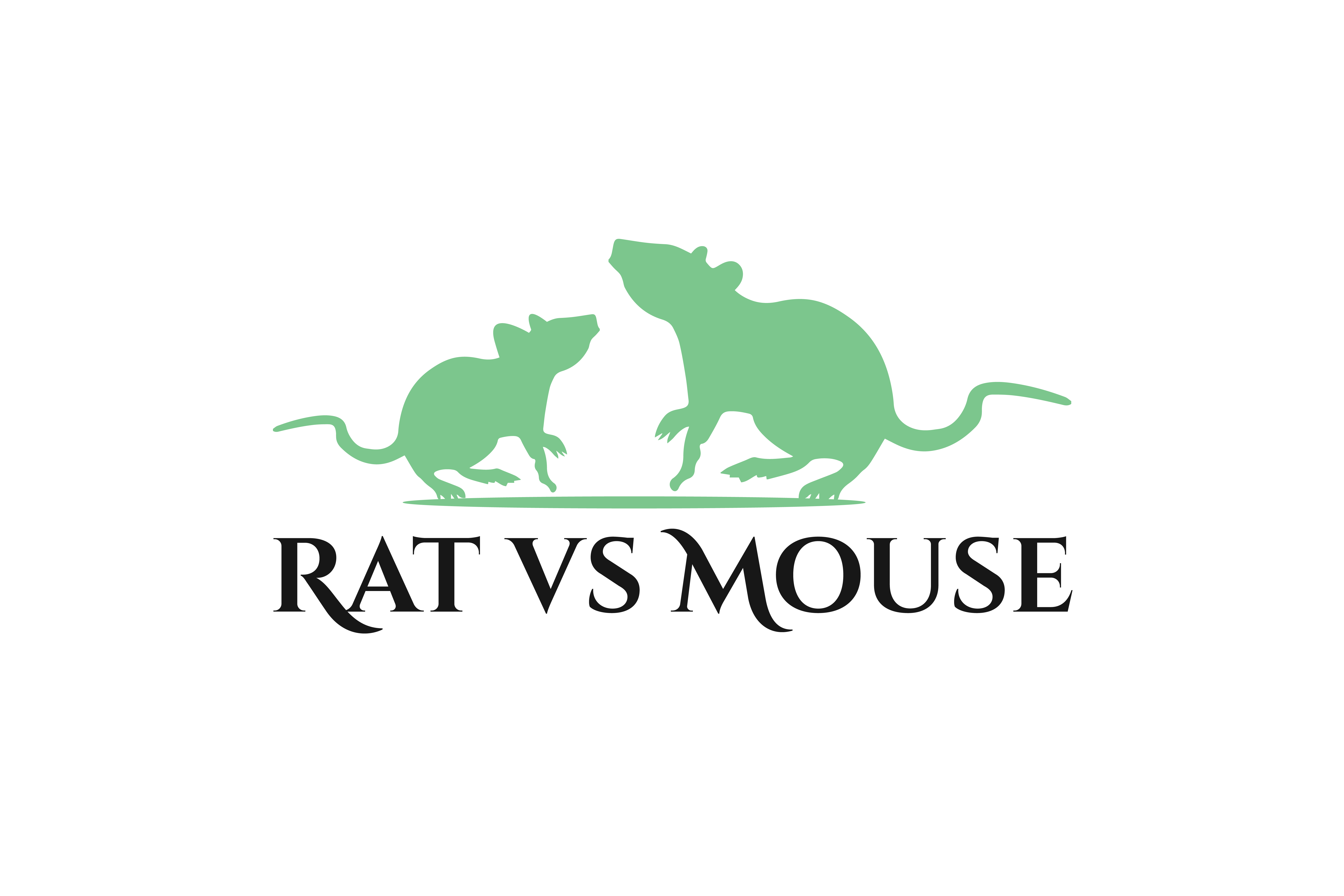
Rats and mice infest over a million homes in the US each year, and this problem is still on the rise. These rodents have become an annoyance in every household. They are small, yet have the ability to spread many types of diseases. They contaminate areas around the home and garden with their urine and feces. They also contaminate areas they walk on with their feet and fur, as they carry fleas and mites. When found in large numbers, or if you have an infestation of these rodents in your house, you will find that great damage can be caused with very costly consequences.
Although rats and mice can be found in rural and urban regions, there are specific places rats and mice prefer to dwell in. They find these areas the most safe and comfortable to live in and breed, resulting in an infestation of rats and mice.

Signs of an Infestation
The most common sign that there is an infestation in your home (or surrounding area) is the sighting of either rats or mice. Other than that, the following are also indicators of the presence of these creatures:
- Urine and droppings around your home will be common if there are rodents lurking around. Both rats and mice leave a trail of droppings and chewed up items. Although it might not be visible in your garden, these marks can be easily seen on the floor and on kitchen worktops and tables.
- Rats and mice like to burrow into holes in the garden, especially around log piles, underneath the roots of trees, and at drain corners. These holes are usually around 7 to 10 centimeters deep.
- Chew marks found on food, electric wires or cables, clothes, water pipes, or furniture are also indications of rodents in your house.

Areas Rats and Mice Commonly Infest
The habitat of rats and mice varies. For instance, rats like to live indoors, outdoors, and in sewers. Mice, however, prefer indoor areas, although they can be found running around outdoors. Mice are almost never spotted in sewers.
In Burrows and Trees
Both the Norway rat and common mice can be found in burrows or trees. They prefer to burrow near the foundation of homes, underneath tree roots, under shrubs, or under any plants that are close to homes or buildings. They often infest entrances of basements or garages.
Roof rats, however, like to dwell on top of trees and in high places above ground. They gain entry into homes through ceilings, attic vents, or windows.
Inside Sheltered Areas
Rats and mice prefer indoor areas, as it givens them a safe place to live and breed. They will also have access to food, and do not have to suffer harsh living conditions.
Walls and ceilings are common places in a home these rodents can infect. Far away from any human contact, they are safe during the day and as can access food in the night without getting caught. Rats and mice can also be found in wall cavities, underneath floor boards, and in cellars and attics. In homes, they may also hide behind cupboards, bathtubs, and counters, as they can get in easily through small openings. They also prefer to infest areas where things are stored, such as cardboard boxes or cloth, which they can chew on. These places allow rodents to be safe and dry, which is the main reason for them to choose an indoor area as a place to infest.
Near Food Sources
Rats and mice like to live close to humans, as we provide food for them. Inside homes, food and grains on tables can be easily accessed by these rodents. They can get inside cupboards through small openings.
However, the best food we provide is garbage waste – especially for rats, since they chew on anything they can find. Garbage is an ideal food source for them; this is also why rats are often found in rubbish dumps and sewers. Ensuring your garbage is disposed of properly will prevent food access for these rodents.
